11:44

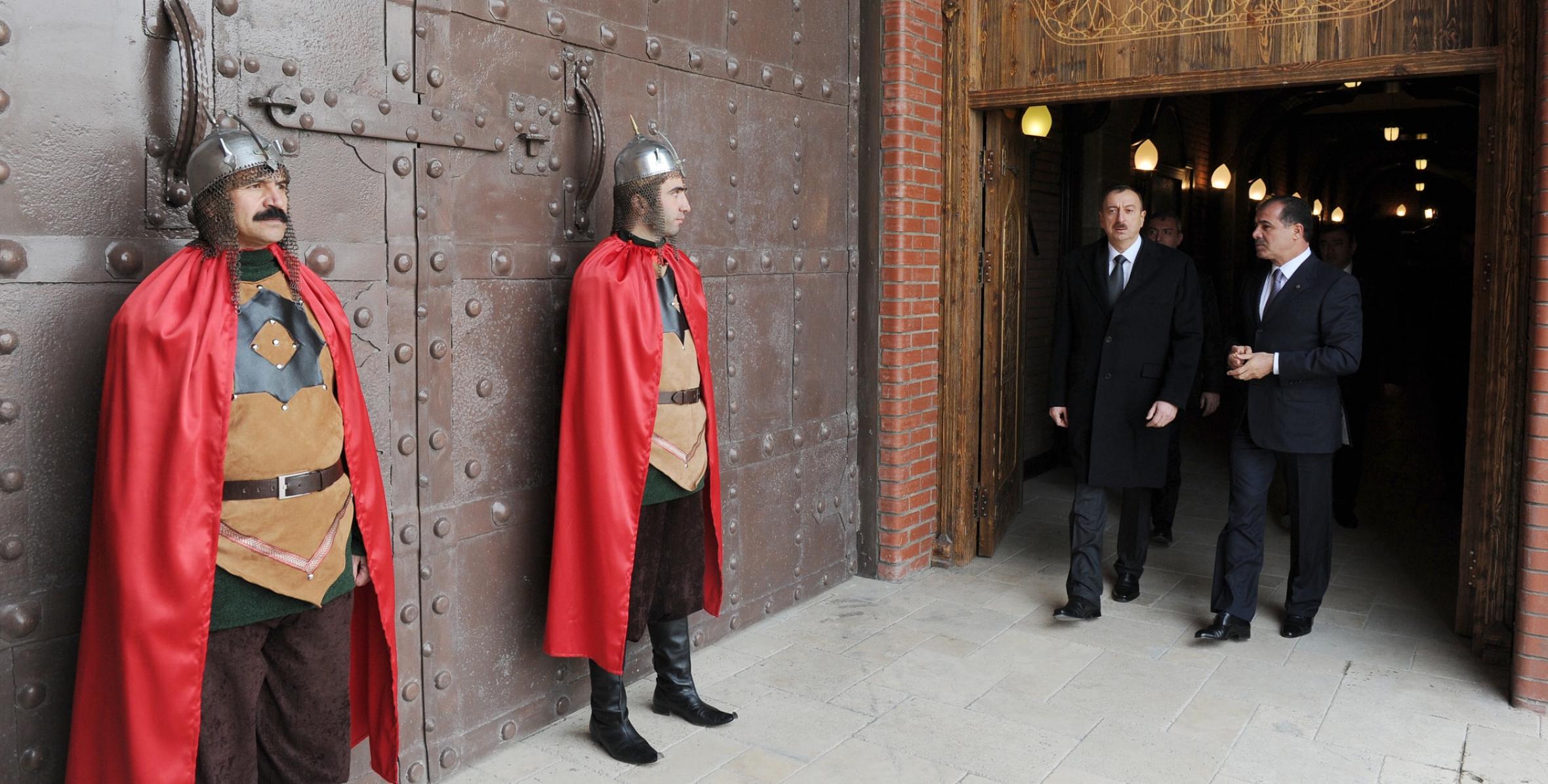
President of the Republic of Azerbaijan Ilham Aliyev has reviewed the monumental complex Ganja Fortress Gates - the Museum of Archeology and Ethnography.
The President was informed that the construction of the complex began in January 2012 and was completed in January 2014. The historical fortress of Ganja had five gates. This monument represents a restored version of the city gates called “Mausoleum gates”. The total length of the fortress built on both sides of the Ganja-Baku highway is 50 meters and of the bastions 22 meters. The main part of the fortress is five-storey and together with the plinth seven-storey. A 75-meter state flag has been installed opposite it and a park established around the gates. On the right flank of the monumental complex there is a coat-of-arms of Ganja. A 62-meter underground tunnel connects two fortresses. On the right side of the road from Baku, a panel describing a chronological sequence of the Iranian-Turanian war shows the victory of Turkic commander Afrasiab over Persian ruler Keykhosrov and the attack of the Romans on Ganja, scenes of war waged by the people of Ganja led by Bender with Horezm and of Javad Khan with the Russians, while the left flank shows the arrival in Ganja of the Caucasian Islamic army led by Nuru Pasha, the historic Ganja rebellion against Bolshevism in May 1920 and, finally, the prevention of civil war in Ganja by nationwide leader Heydar Aliyev and the start of the movement of national salvation in Ganja. The left flank of the complex stretching towards the road reflects statements by great leader Heydar Aliyev about Ganja, while the right flank bears the words of President Ilham Aliyev. A panel on the right side of the fortress says that Ganja was the first capital of the Azerbaijan Democratic Republic, others indicate that the movement of national salvation began with Ganja. The complex has iron gates which impart it special greatness.
The gates have been made on the basis of sketches of ancient Ganja gates made by local master Ibrahim Osman oglu in 1063. In 1139, these gates were taken to Georgia by Georgian king Demetre after the destruction of Ganja in an earthquake and have been stored in the Gelati Monastery of Kutaisi ever since.
On the first floor on both sides of the fortress and in the underpass there is a gallery of portraits of predecessors and successors great Azerbaijani poet Nizami Ganjavi. There are monuments to 26 outstanding personalities from Ganja. The right section of the museum on the second floor contains a museum of the military history of Ganja. It shows in a chronological sequence the military history of Ganja from ancient times to 1918-1920. The section called "Military History of Ganja in 1918-1920" shows arms and ammunition of the time and a picture of a 1919 fighter of the Ganja garrison. The symbolic section created at the end of exhibition demonstrates the "Eternal Flame" in honor of those who died for their country, and images of fighters.
The third floor of the fortress has an ethnographic museum describing the life and culture of the people of Ganja. The exposition shows that Ganja, which was a center of craftsmanship throughout its history, had more than 30 craft industries. The ethnographic museum displays rugs, the traditional oriental tea table, pottery, copper products and other ethnographic objects.
The fourth floor of the exhibition dwells on the ancient and rich cooking culture of Ganja and the traditions of hospitality. The museum also contains paintings and photos of first ancient buildings of state importance that existed in Ganja. The fourth floor has access to the fortress bastions, which command a spectacular view of the city. The "Azerbaijani national costumes" exhibition displays clothes and jewelry representing different regions of our country. The exhibition "Azerbaijan - the land of ancient civilization", which has been compiled on the basis of materials of the National History Museum of Azerbaijan, demonstrates more than 120 valuable archeological artifacts from various regions of the country. Of particular interest in the museum are space maps of the territory on which the Azerbaijani people emerged, a model of the Derbent fortress and other exhibits.
The head of state expressed his satisfaction with the work done in the complex.
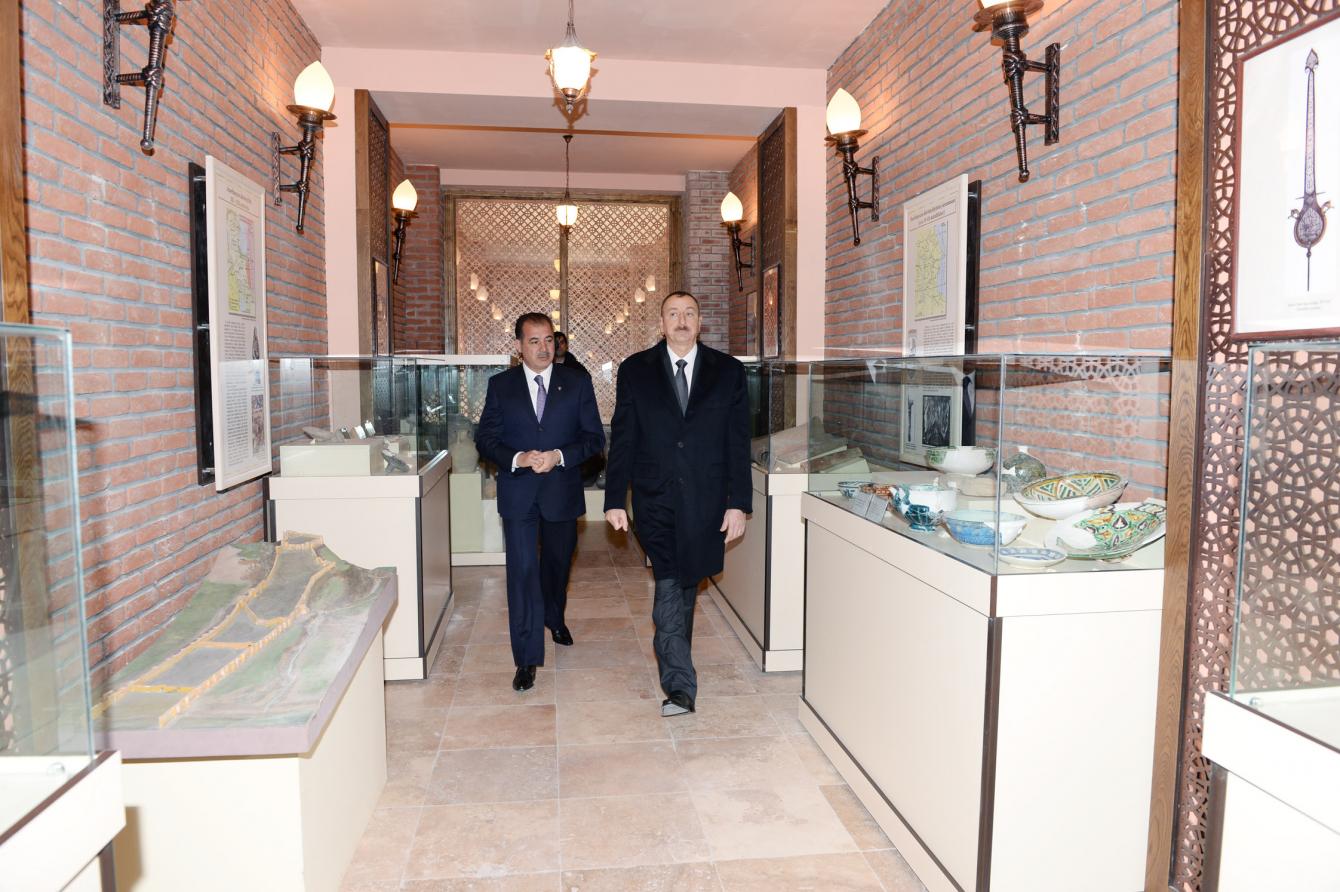
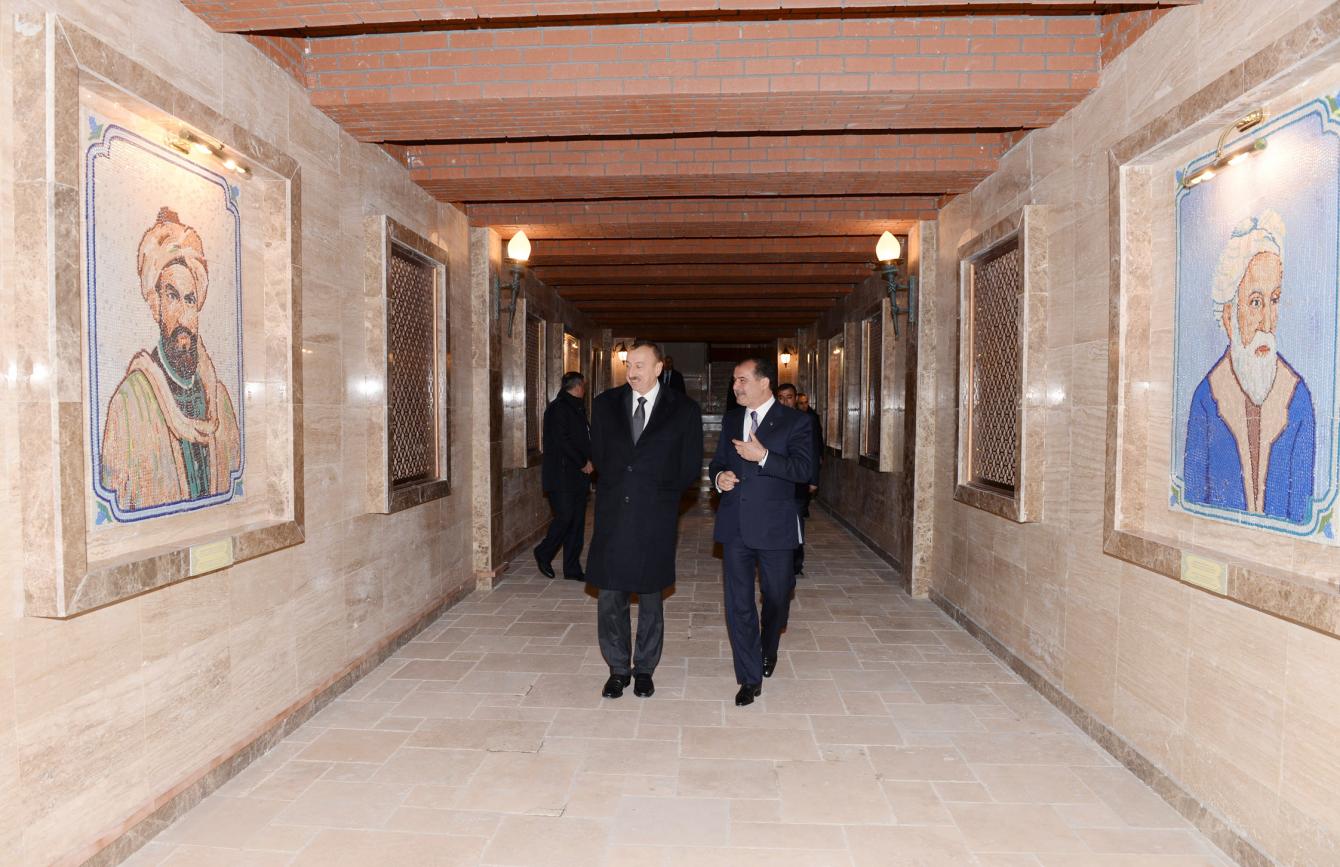
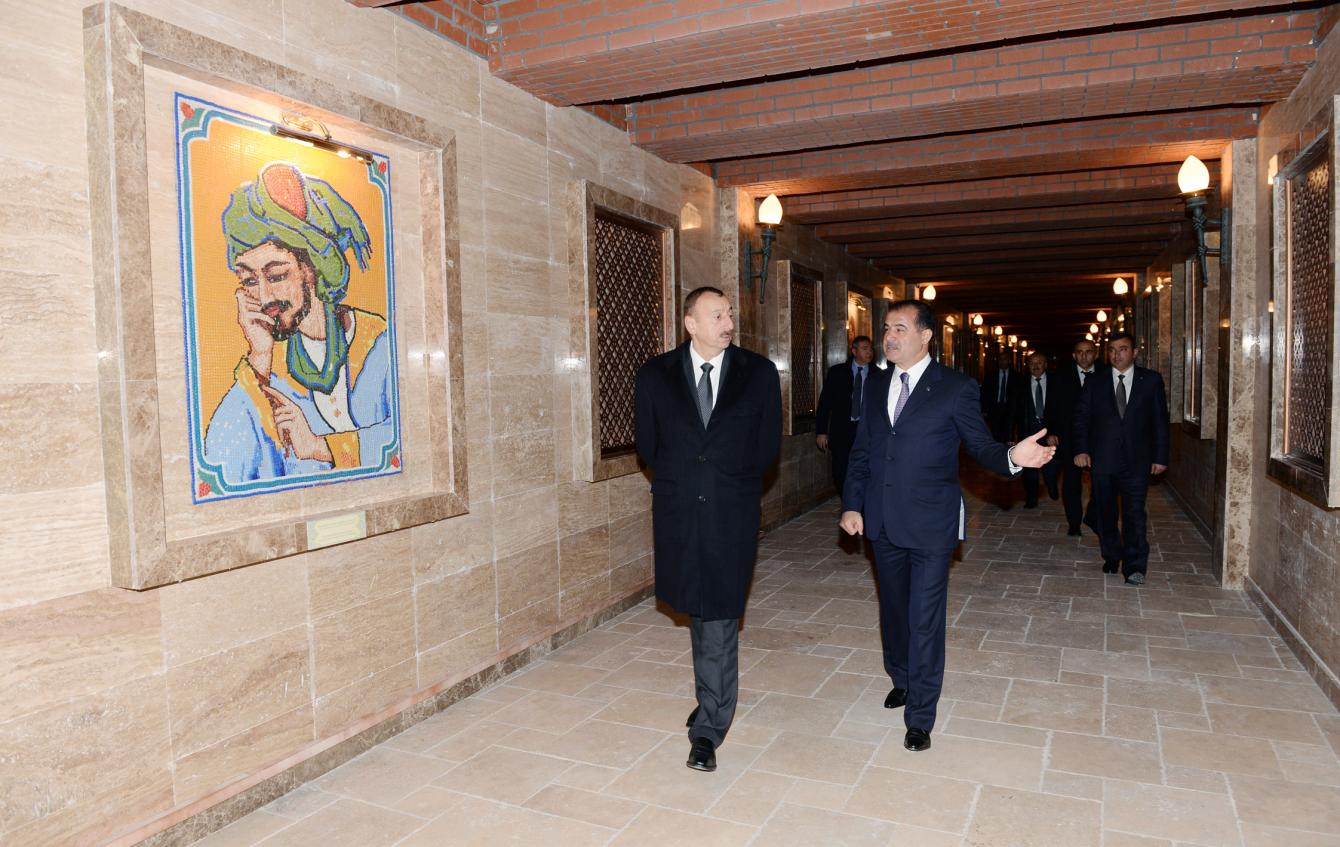
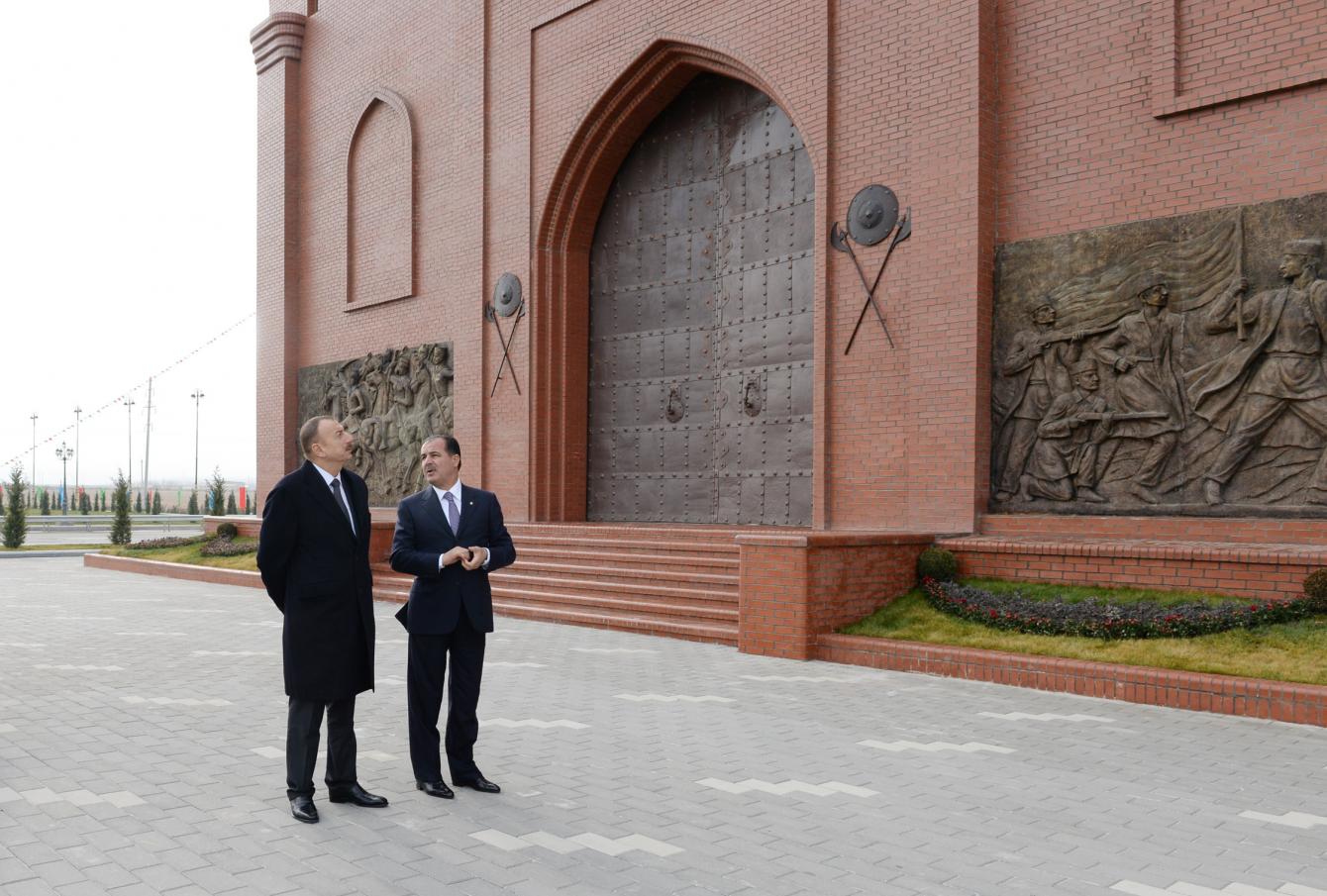
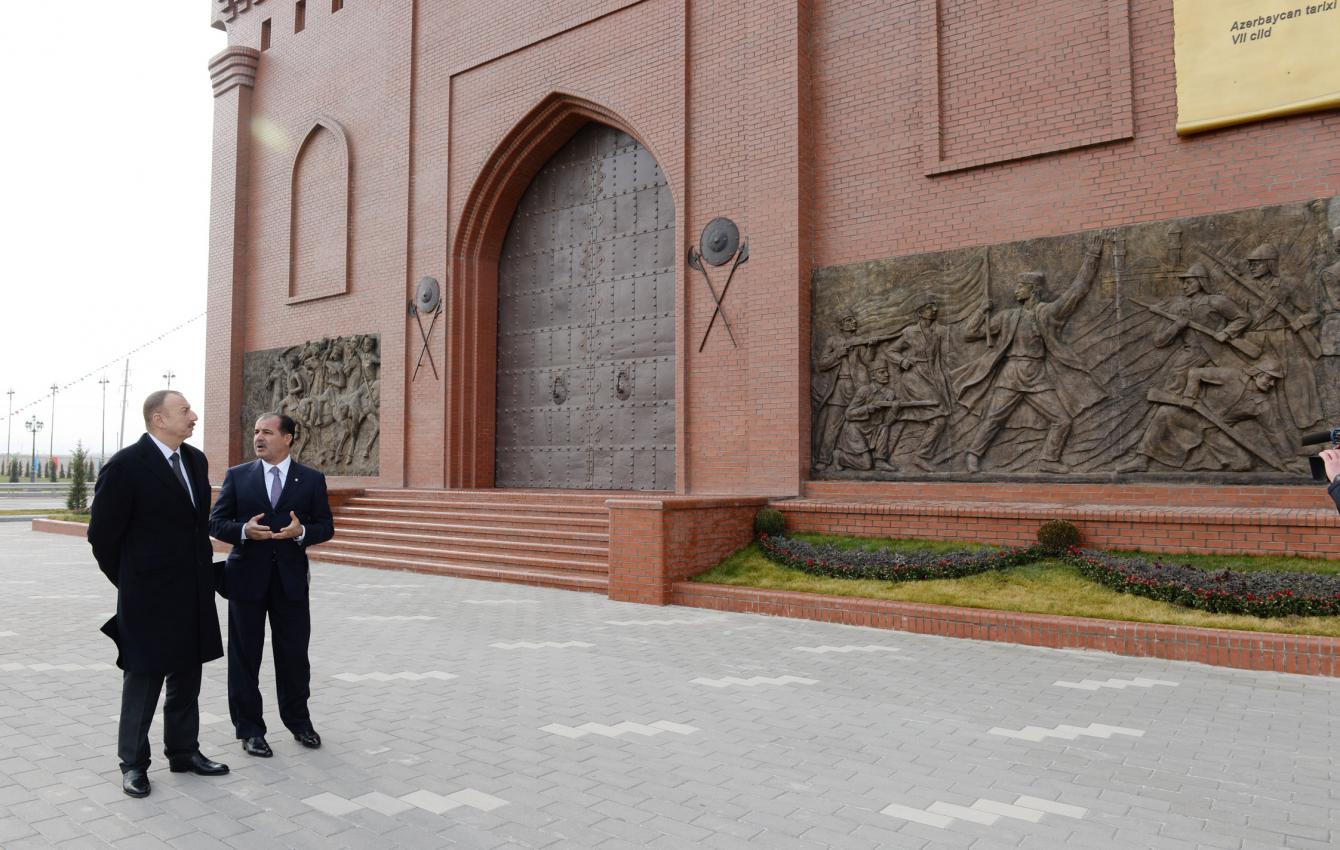
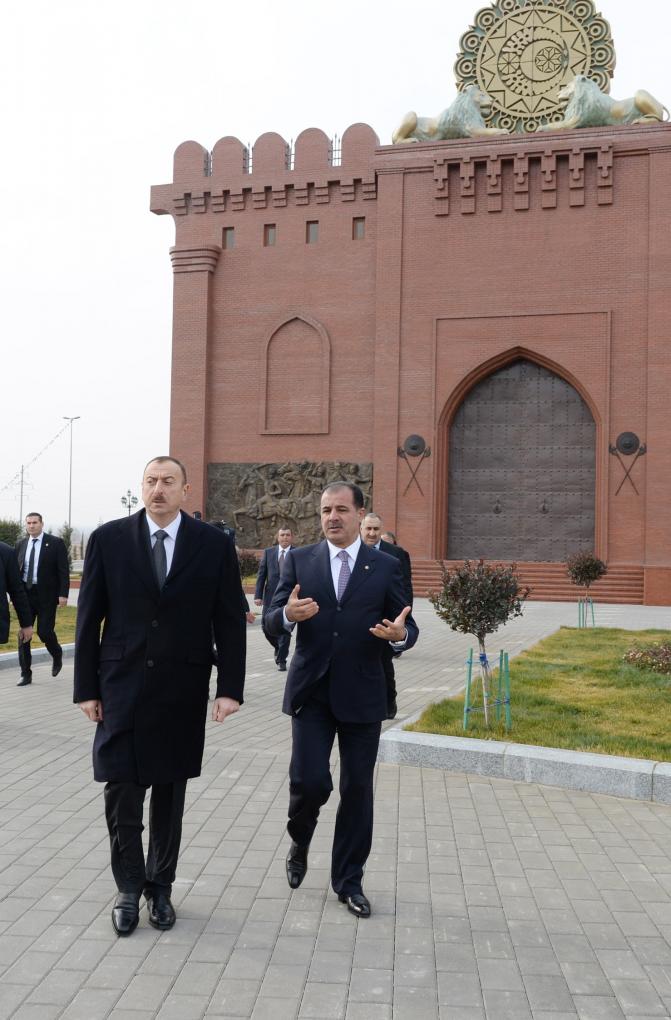
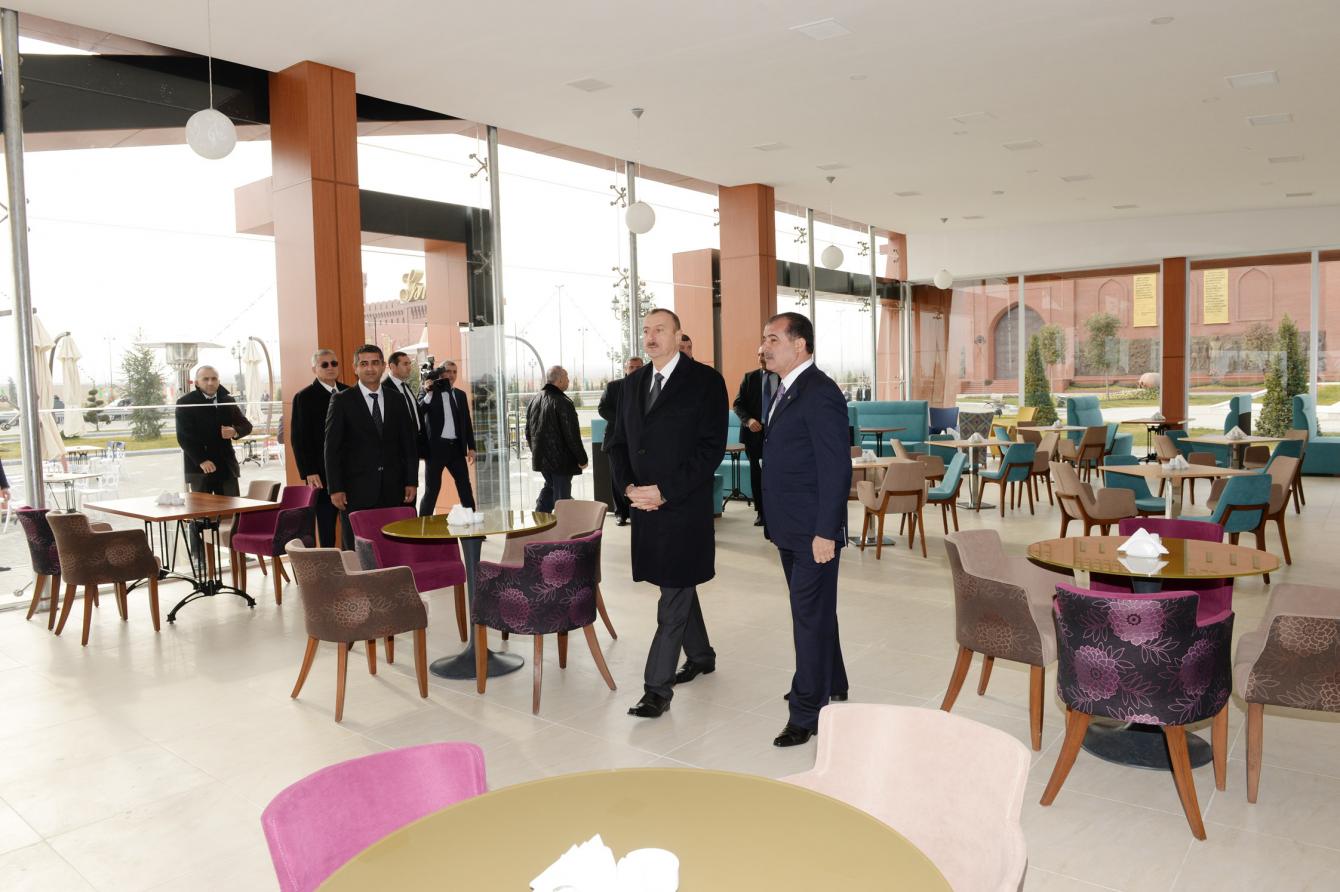
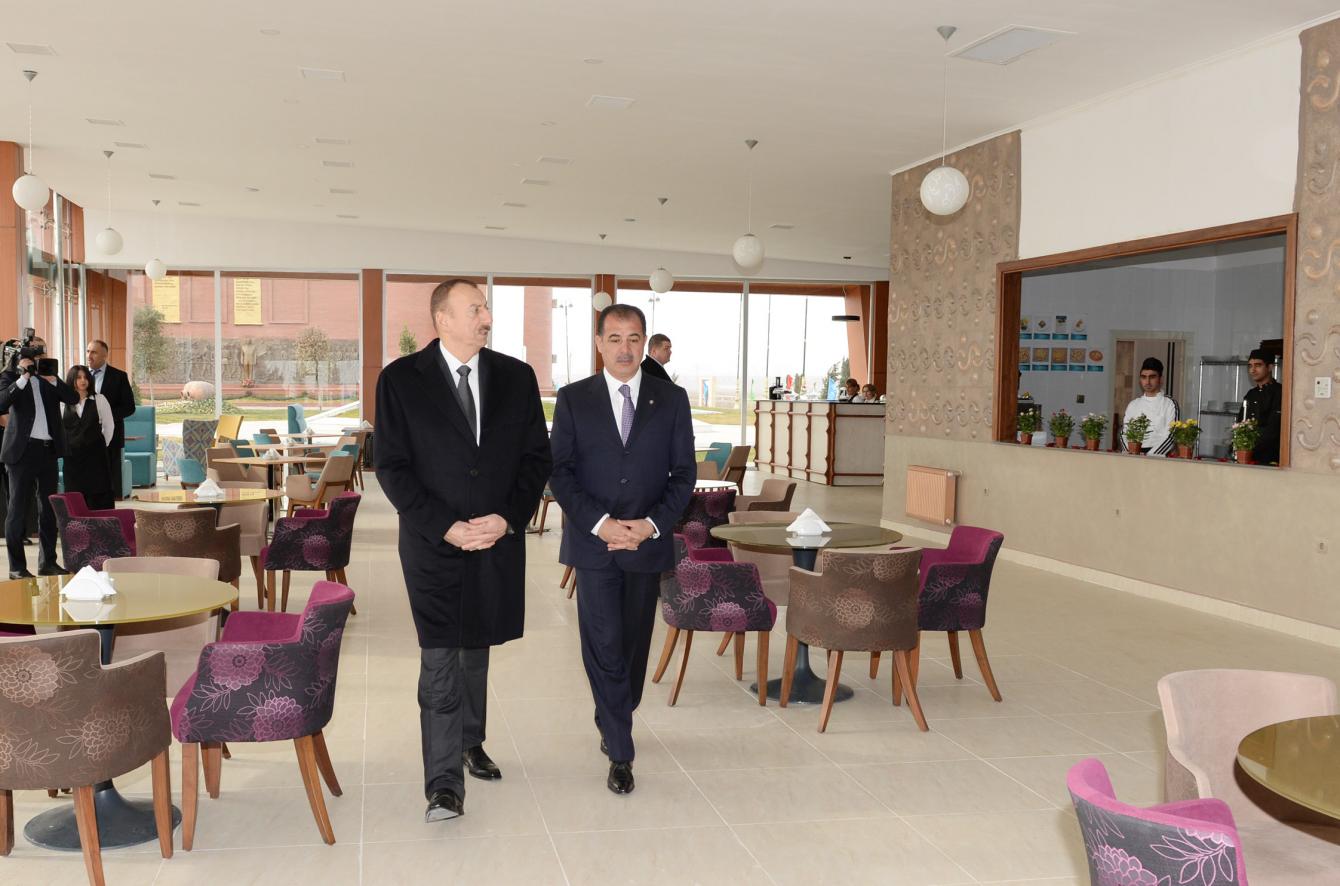
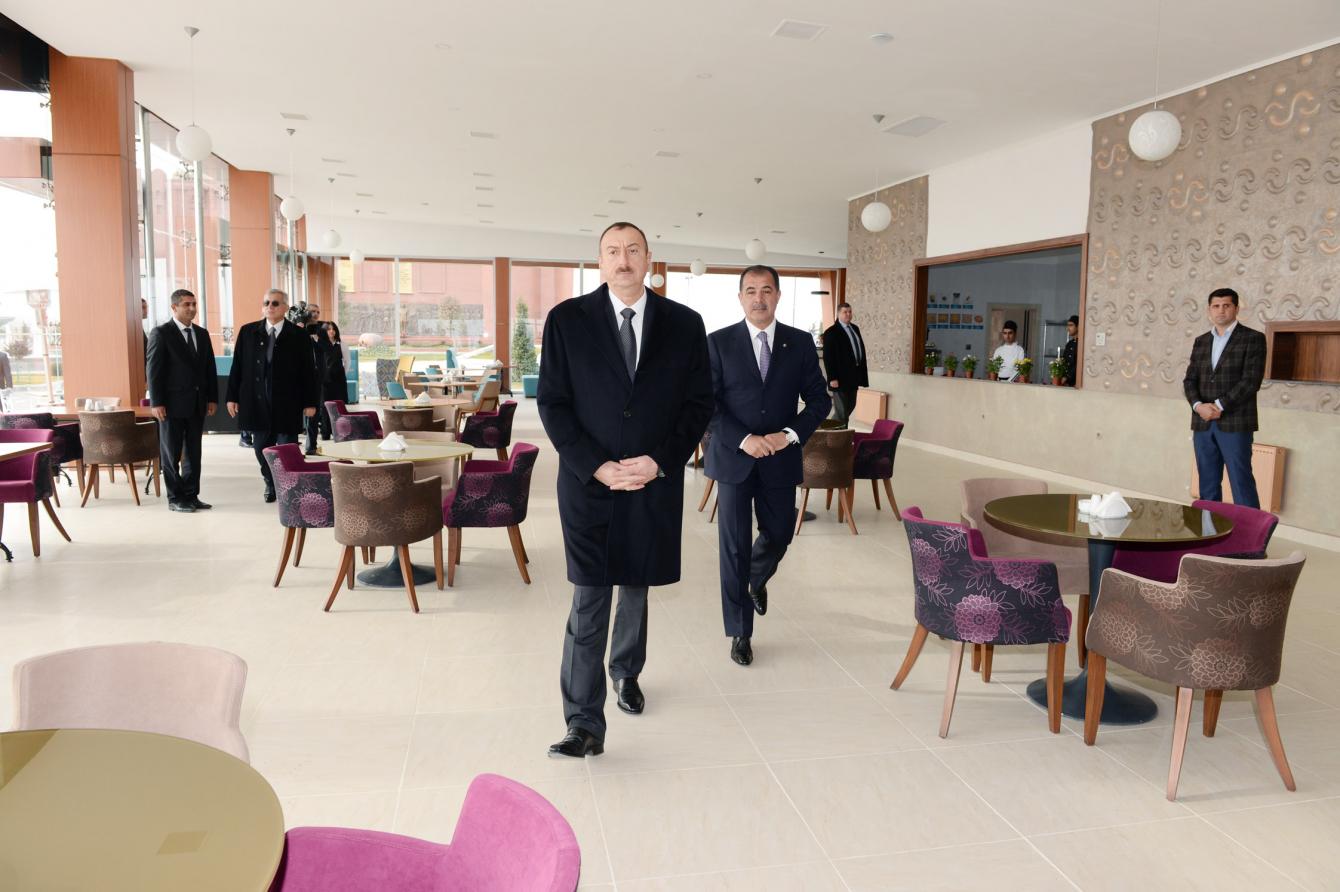
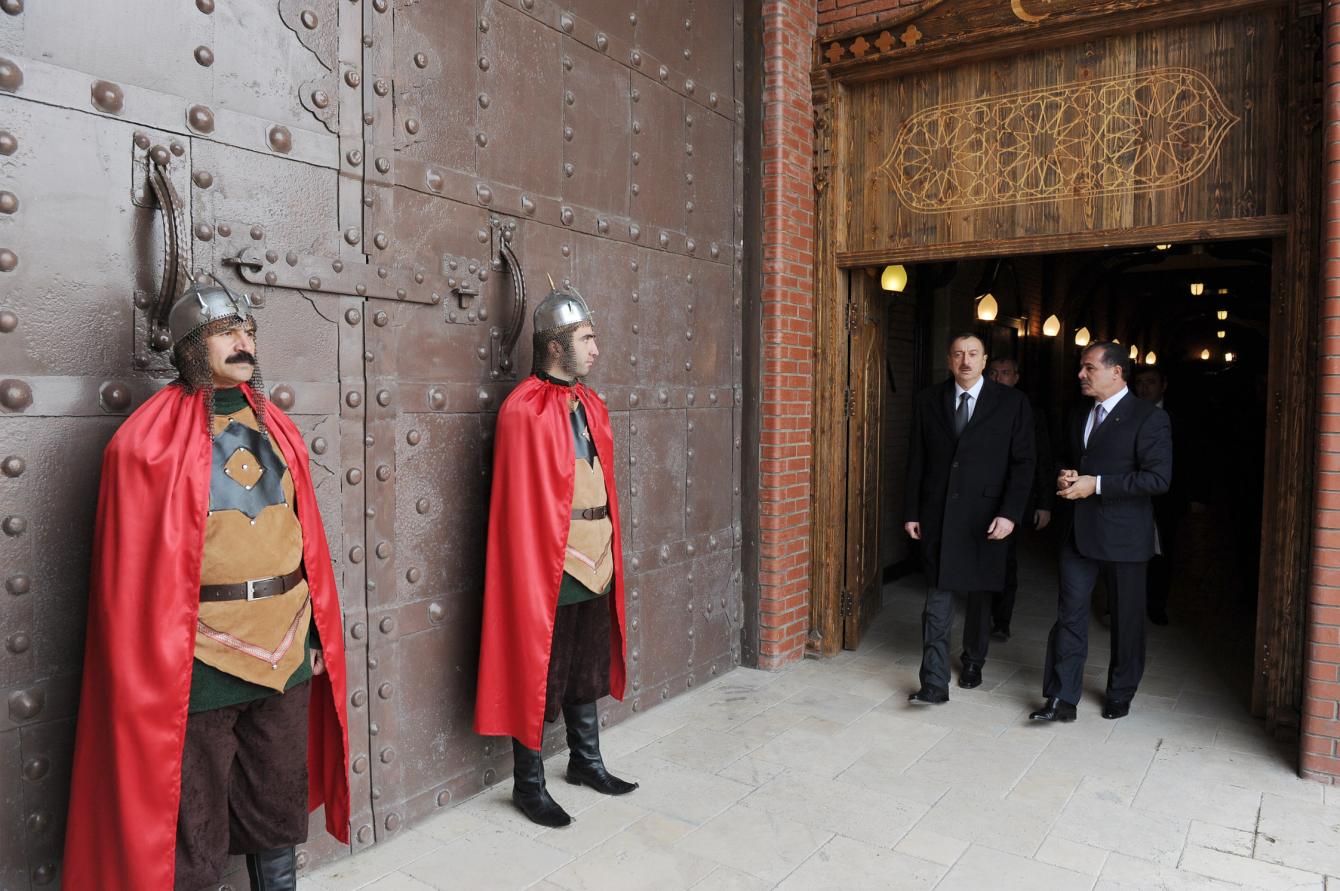
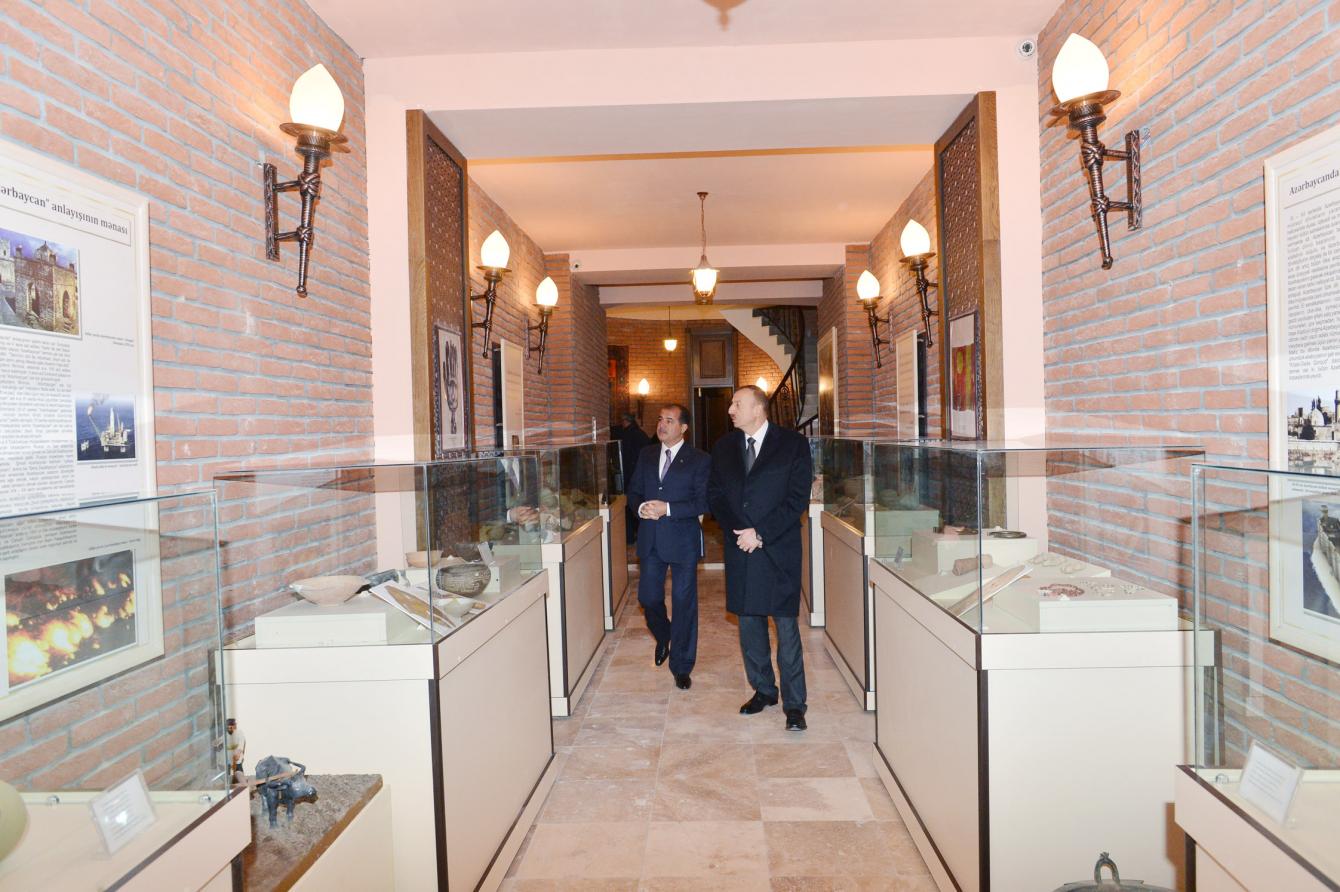
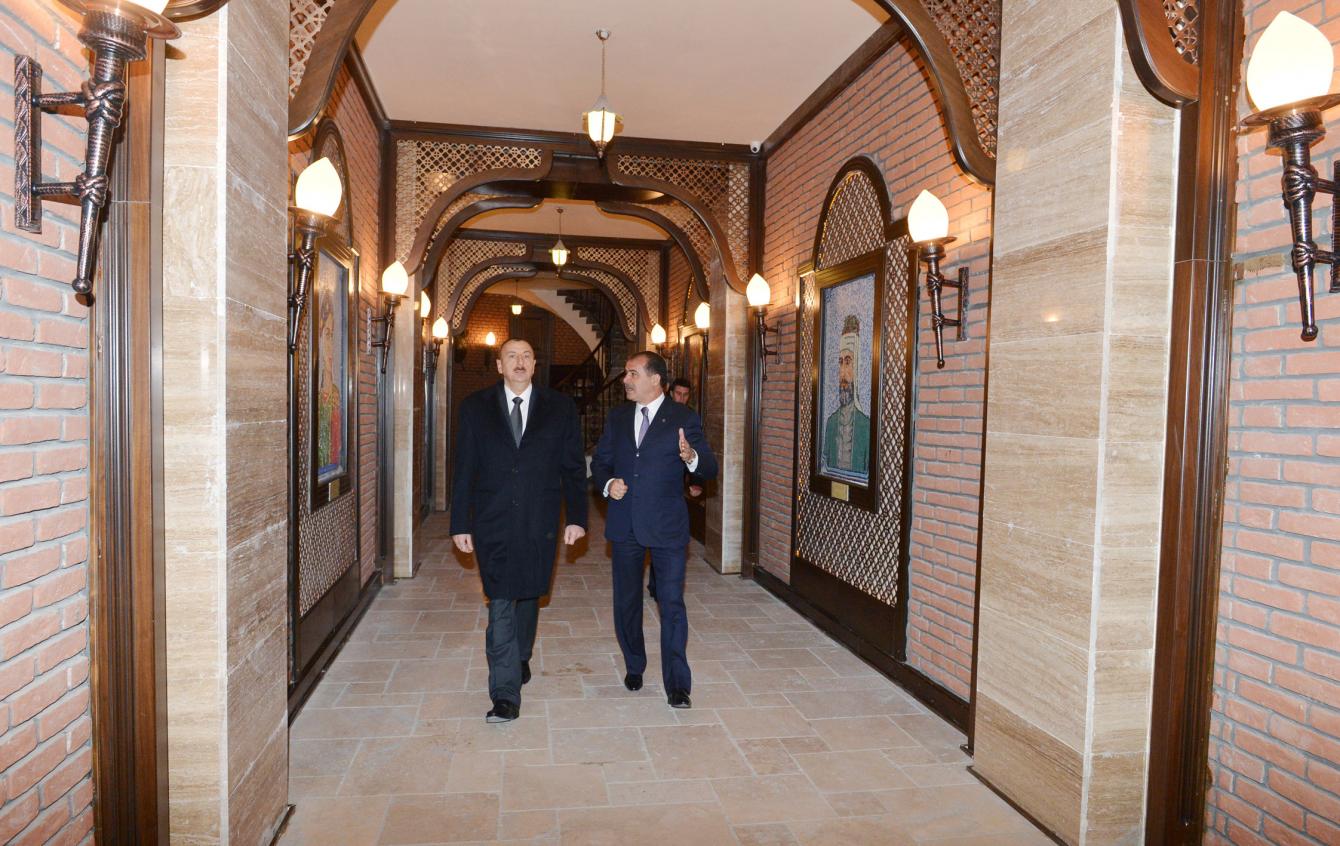
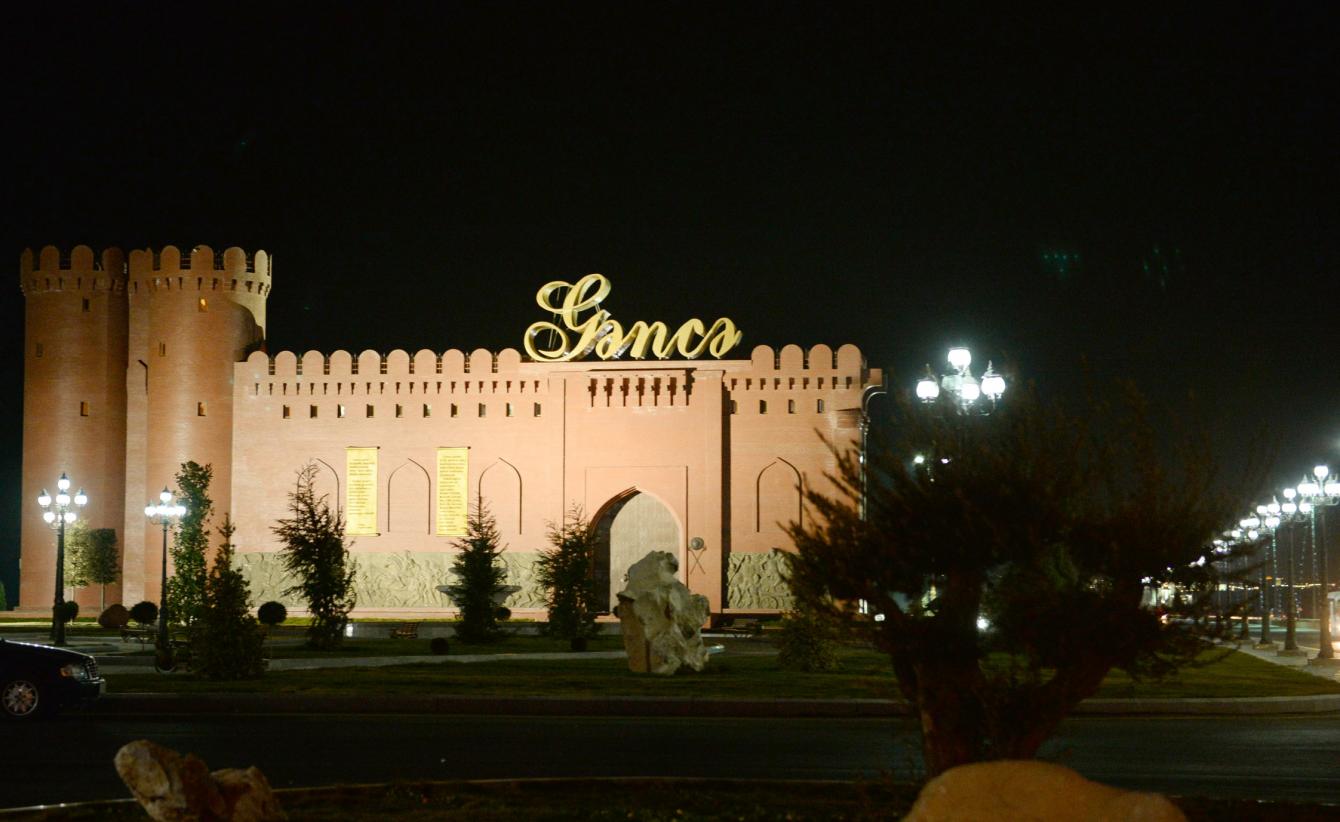
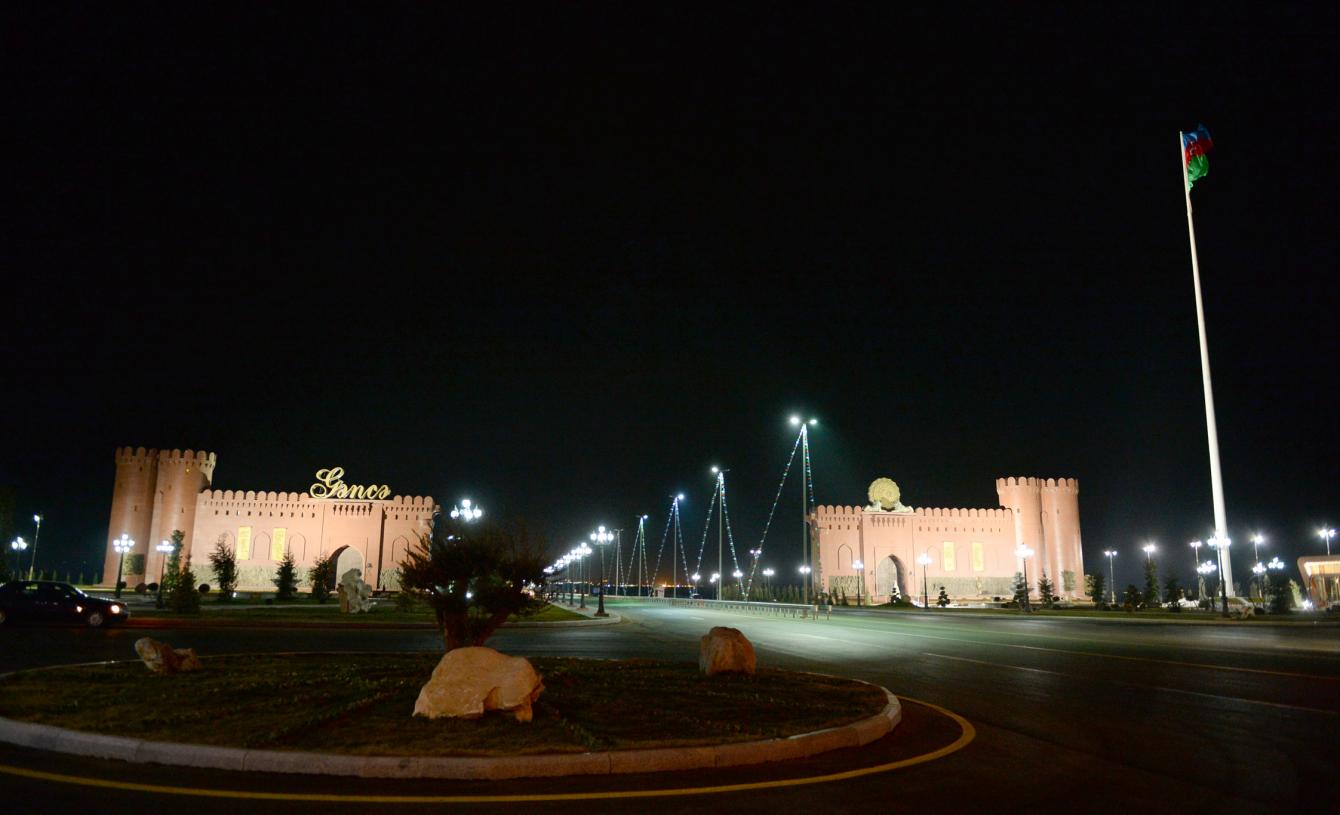
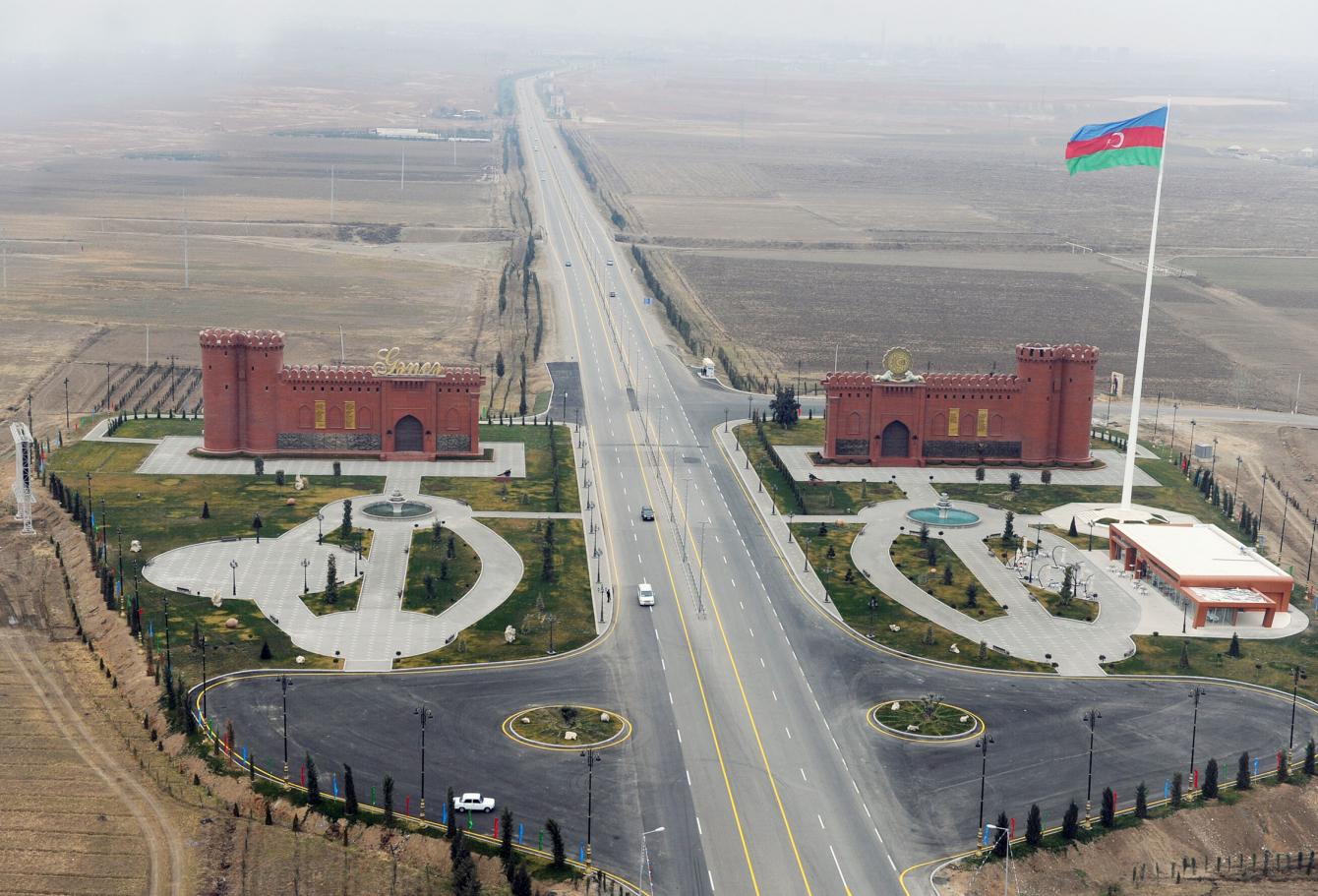
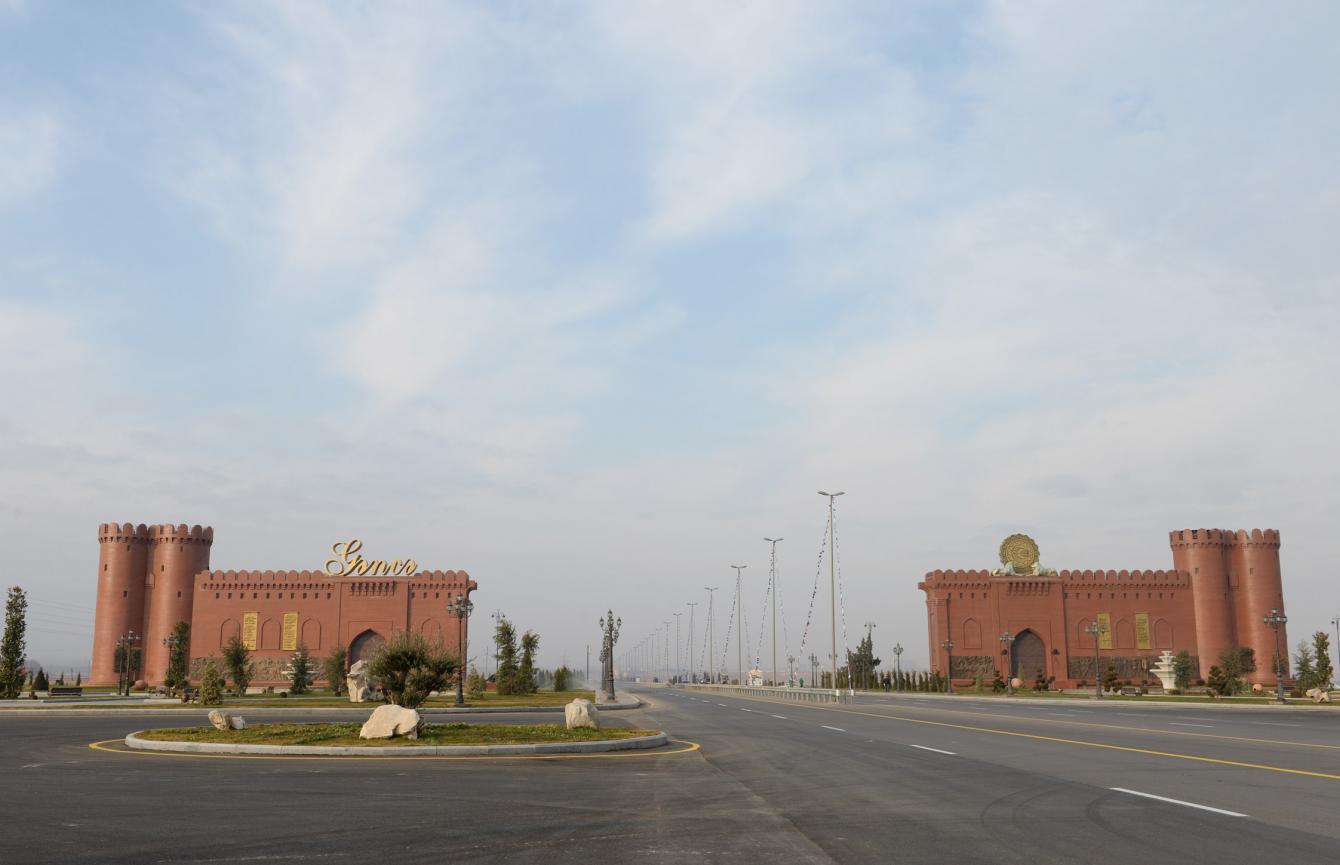
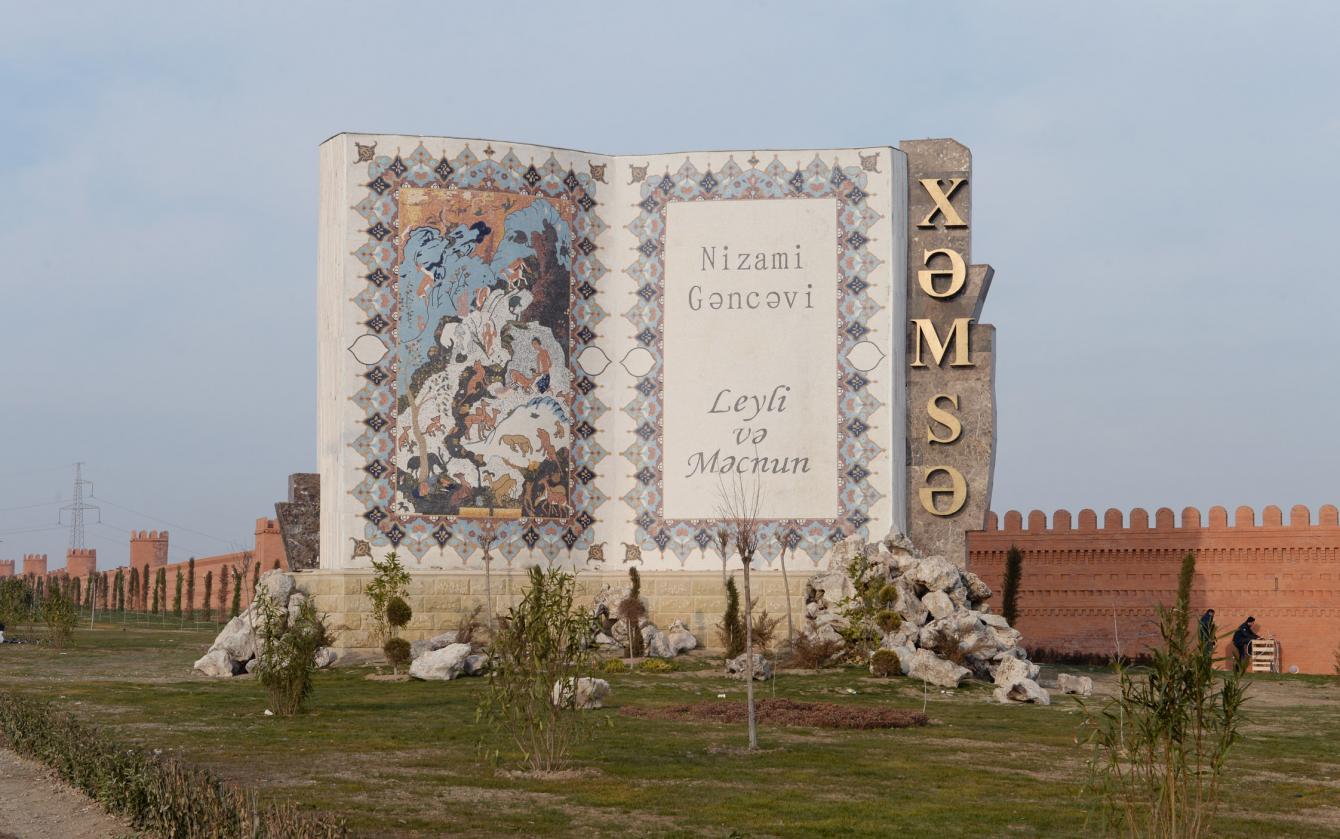
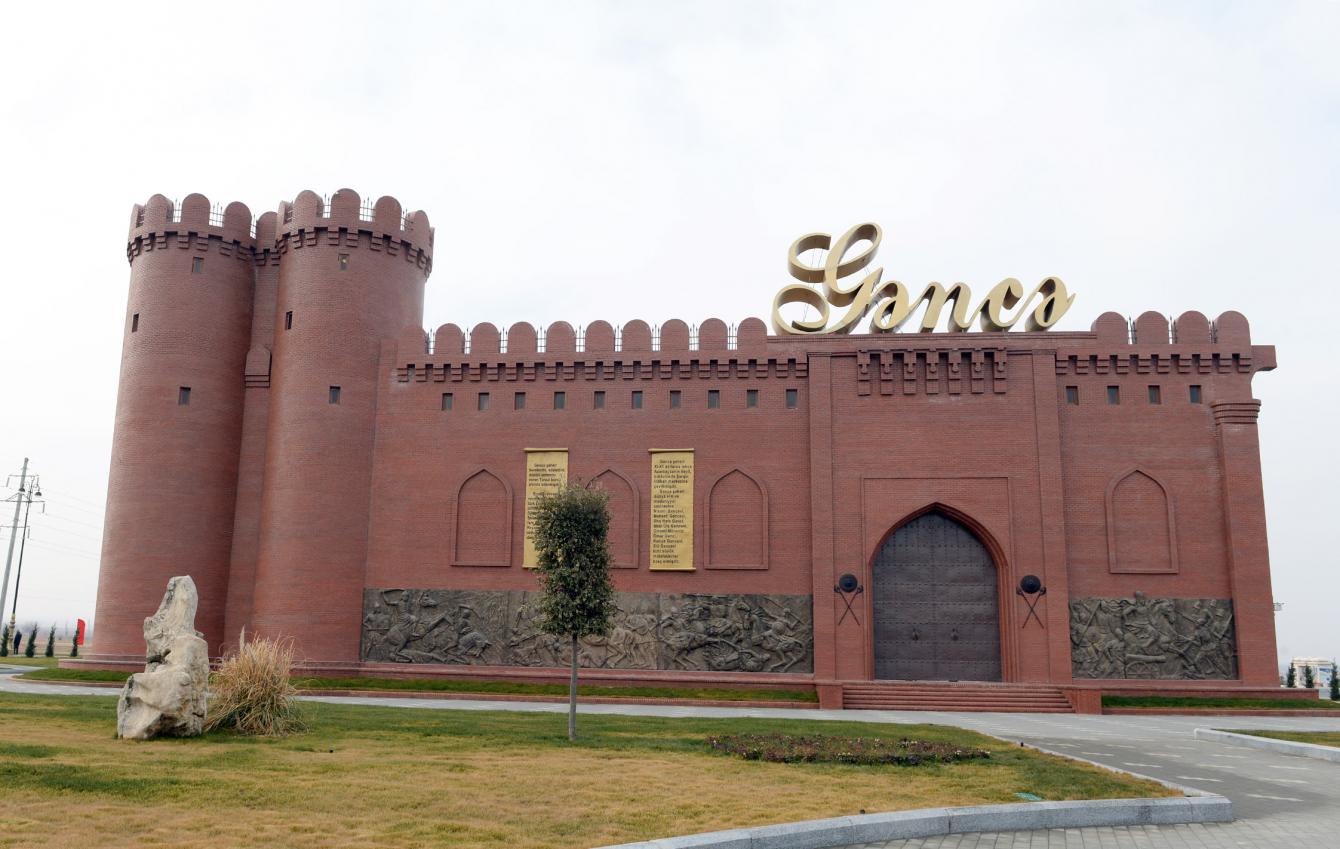
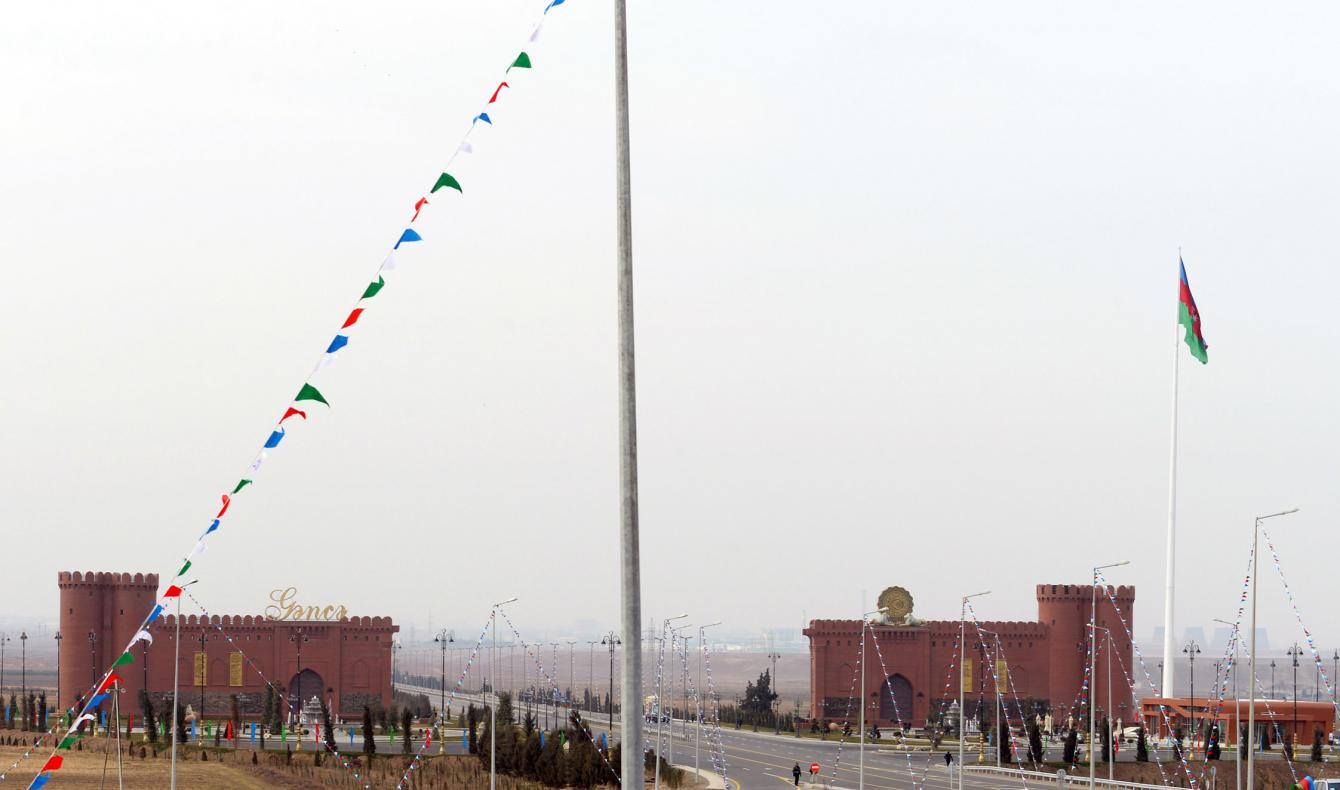
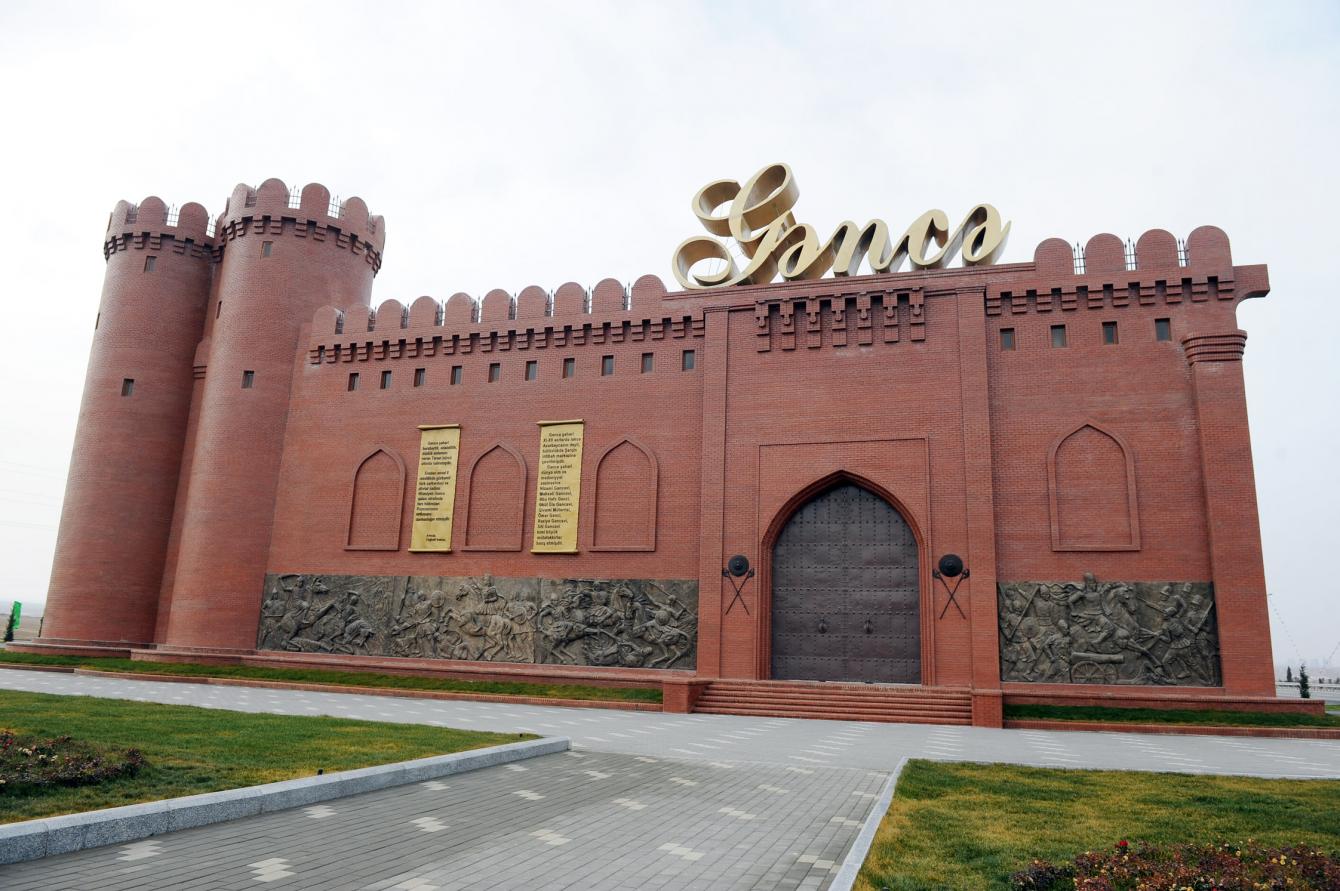
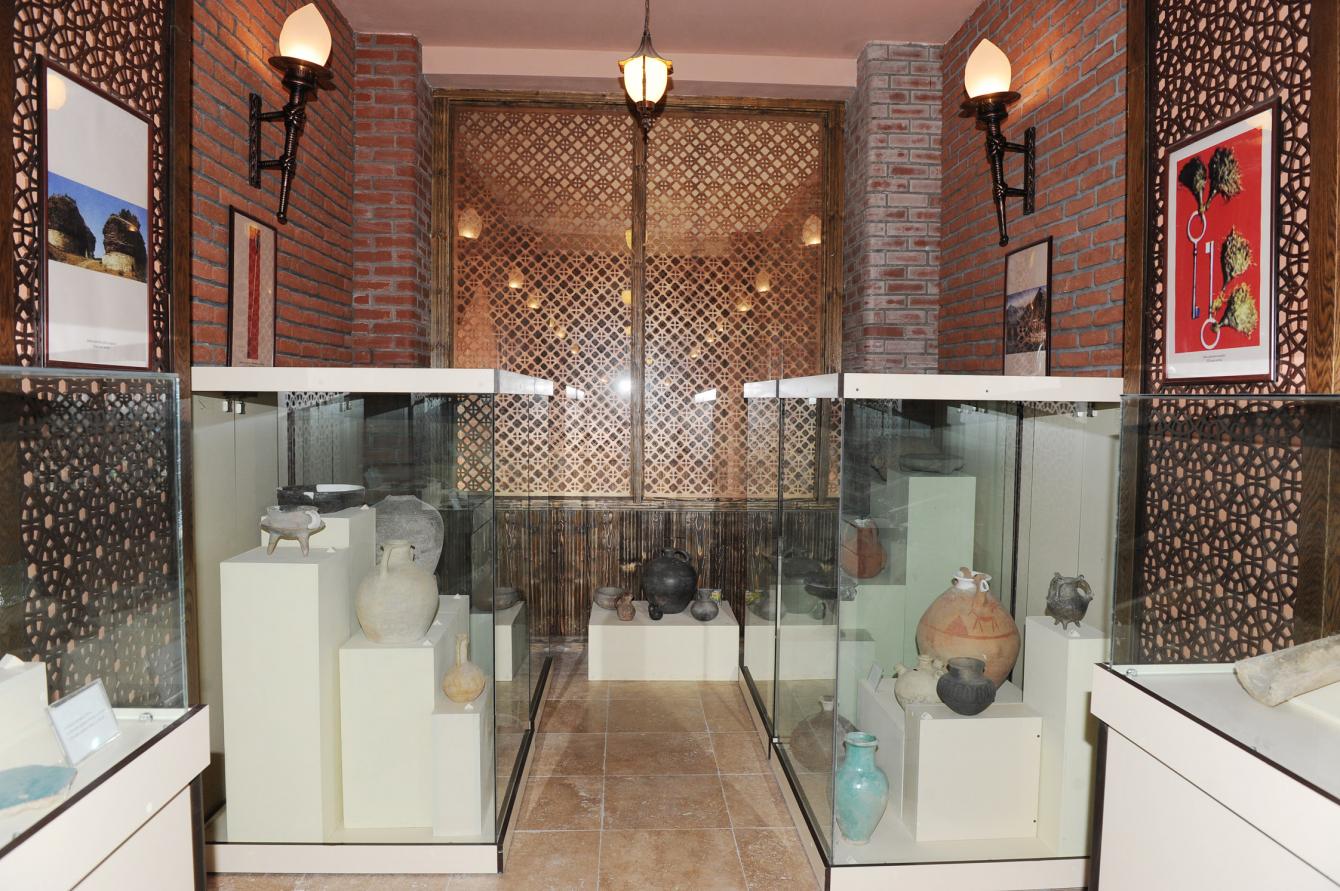
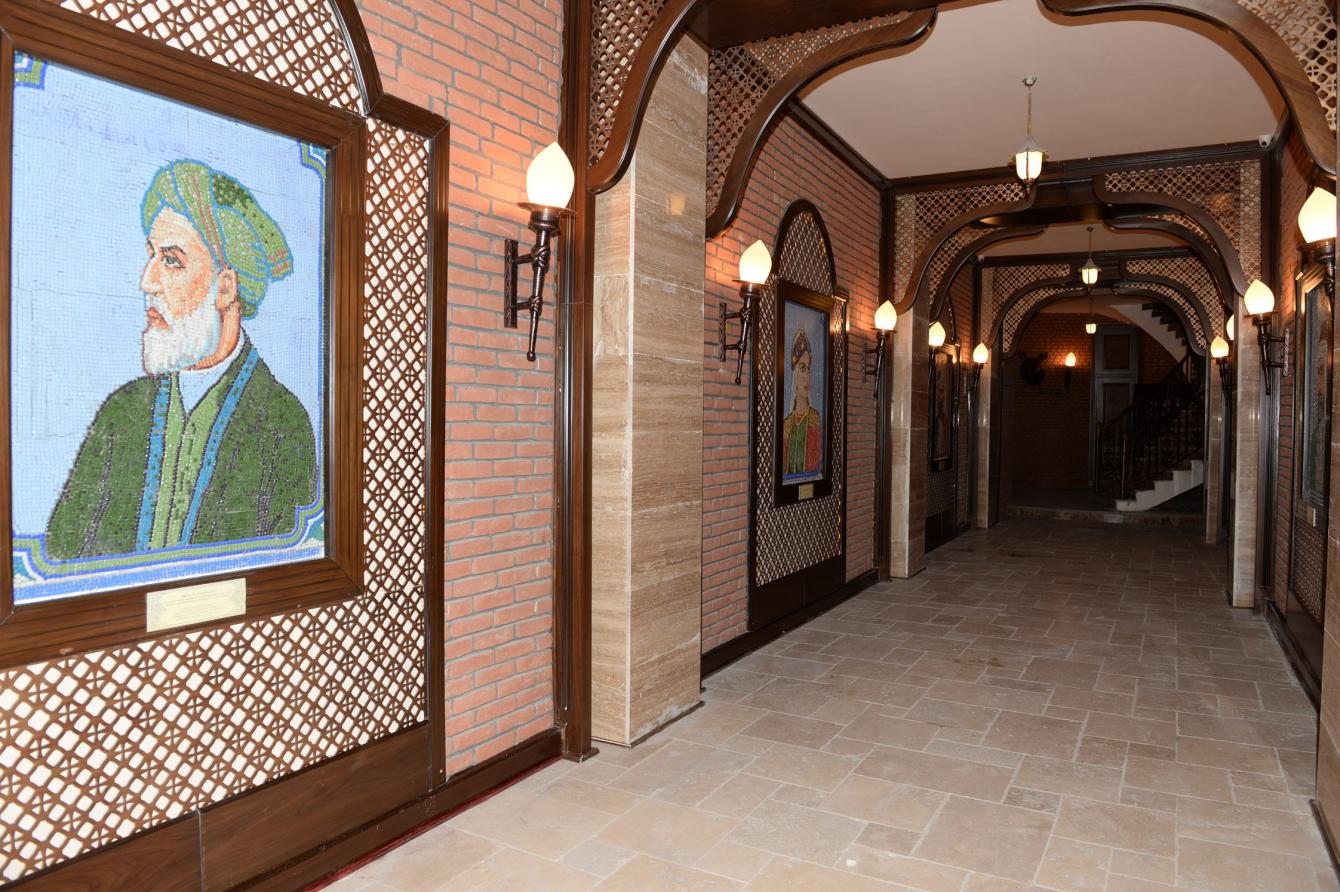
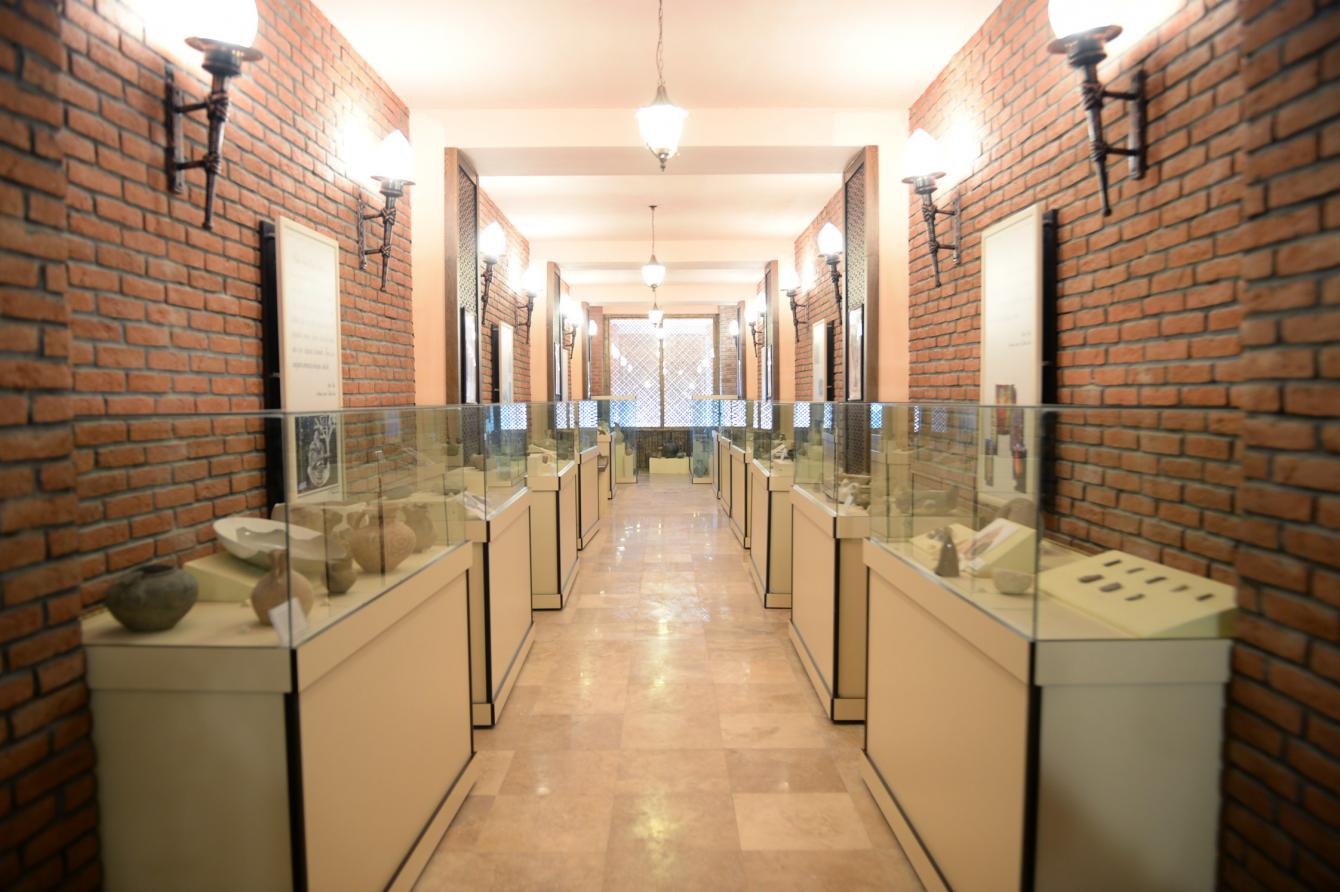

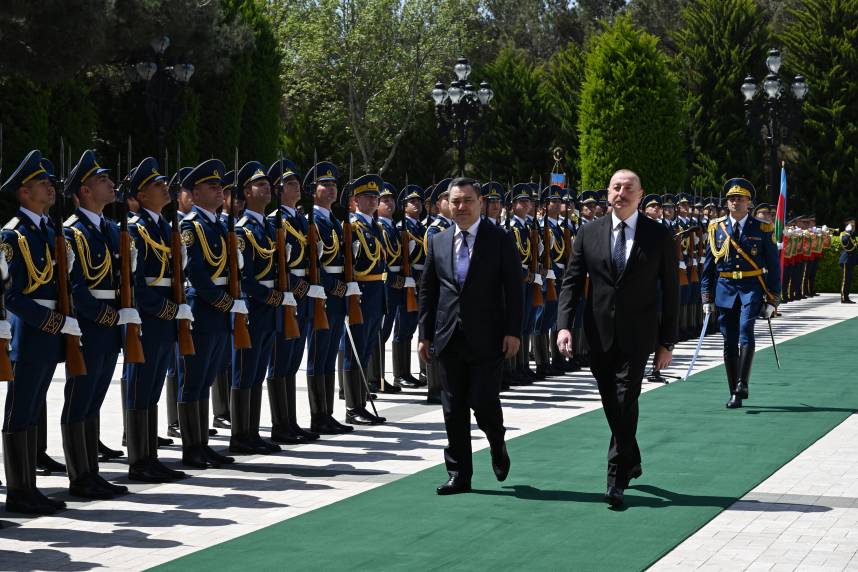

President of the Republic of Azerbaijan Ilham Aliyev completed his working visit to the Russian Federation on April 22.
22 April 2024, 23:13Ilham Aliyev, President of the Republic of Azerbaijan, and Vladimir Putin, President of the Russian Federation, had a joint dinner in Moscow on April 22.
22 April 2024, 20:48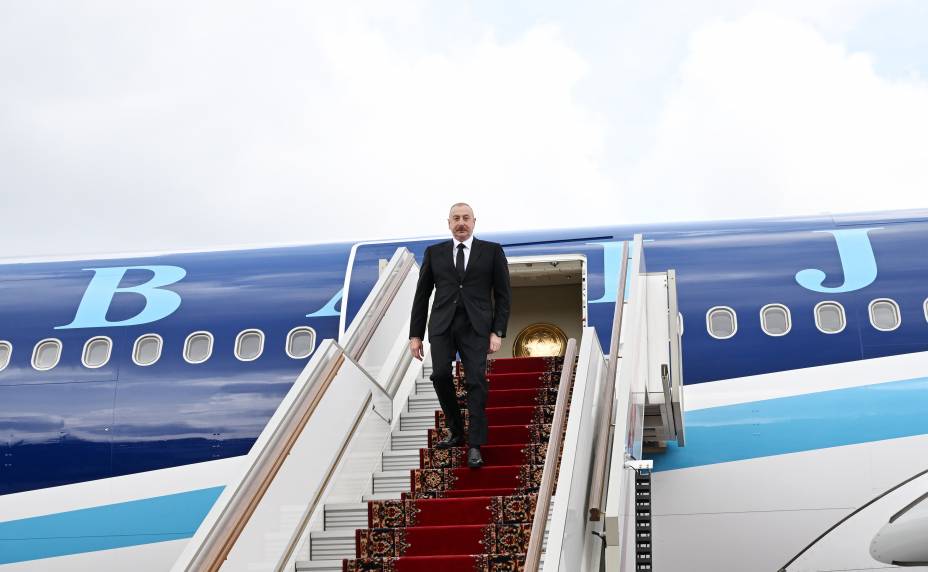
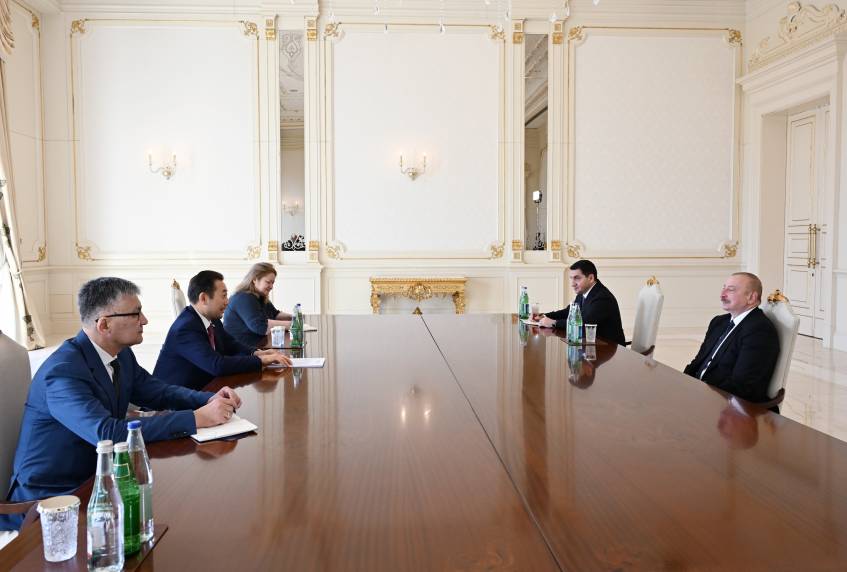
Aleksandar Vučić, President of the Republic of Serbia, made a phone call to the President of the Republic of Azerbaijan Ilham Aliyev, on April 16, briefing him on the pressures Serbia has been encountering recently and requesting the support of the friendly...
16 April 2024, 20:36Dear Mr. Pellegrini,
I sincerely congratulate you on your election as the President of the Slovak Republic.
The development of friendly relations with Slovakia holds great significance for us. Currently, there are good opportunities for enriching the...
15 April 2024, 13:06